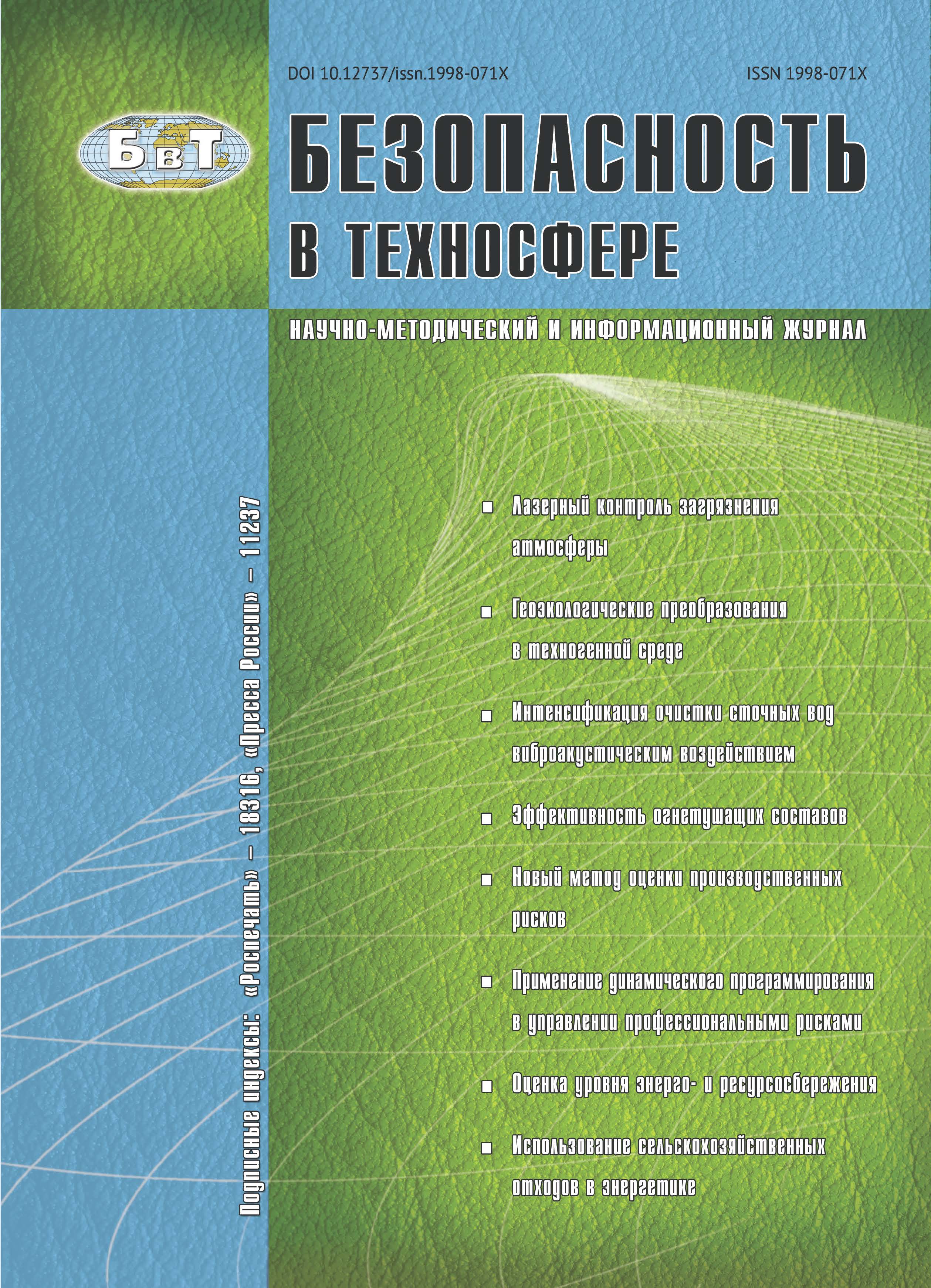The influence of the circuitry of the hybrid power plant short and medium haul aircraft on their fuel efficiency and environmental characteristics have been investigated. Directions of improvement of traditional patterns of power plants of aircraft on the example of PD-14 engine were analyzed. It has been shown that the use of turbojet engines and traditional schemes operating on aviation kerosene, will not allow to fulfill the demands made by the International Civil Aviation Organization (ICAO) to perspective plane 2025–2035. The analysis of the three schemes hybrid propulsion systems has been performed. It has been shown that using the presented hybrid propulsion systems of alternative fuels can reduce CO2 emissions by 19% to 20% compared with conventional turbojet engines, which run on kerosene TS-1. It has been shown that this fuel efficiency is increased by 2–3%, and the total mass of the power plant increases of 6 to 16%.
civil aviation, aircraft engine, hybrid propulsion system, fuel efficiency, alternative fuel, environmental requirements.
1. Введение
В настоящее время в нашей стране идет проектирование перспективных турбовентиляторных двигателей семейства ПД-14 для ближне- и среднемагистральных самолетов (БСМС) в диапазоне тяги на взлетном режиме (высота полета Н = 0 м; число Маха полета М = 0) от 11 до 16 (в перспективе до 18) тс. Летные испытания базового варианта двигателя на летающей лаборатории Ил-76ЛЛ в ЛИИ им. Громова начнутся в 2015 г., тогда же планируется сертификация авиадвигателя ПД-14 по российским нормам летной годности. Сертификация по европейским нормам летной годности запланирована на 2017 г. [1].
ПД-14 — двухконтурный двухвальный двигатель, без смешения потоков наружного и внутреннего контуров, с реверсом и эффективной системой шумоглушения. По своим характеристикам он относится к двигателям пятого поколения. По сравнению с лучшими российскими (совместными) турбореактивными двухконтурными двигателями (SaM146, ПС-90А2) и зарубежными аналогами (CFM56, V2500) был сделан качественный скачок в повышении основных параметров, обеспечивающий снижение удельного расхода топлива двигателя ПД-14 на 12–16% [2].
1. Delovoi Aviatsionnyi portal [Aviation Business Portal]. Available at: http://www.ato.ru/content/ (accessed 11 March 2015) (in Russian).
2. Inozemtsev A. The PD-14 engine is the future of Russian aviation industry. VPK: voenno-promyshlennyi kur´er [Military-Industrial Courier], 2013, I. 33 (501). Available at: http://vpk-news.ru/articles/17206 (accessed 11 March 2015) (in Russian).
3. Present and Future Aircraft Noise and Emissions Trends. Working Paper A37-WP/26. ICAO, 2010. 9 p.
4. Ezrokhi Yu.A., Kalenskii S.M., Polev A.S., Drygin A.S. Preliminary research of characteristics of various implementations of hybrid turbofan engines for short- and medium-haul aircrafts. Nauka i obrazovanie MGTU im. N.E. Baumana [Science and Education of the Bauman MSTU]. 2012, I. 3. Available at: http://technomag.bmstu.ru/doc/381537.html (accessed 16 January 2015) (in Russian).
5. Family of advanced engines PD-14. JSC “Aviadvigatel´” [Aircraft Engine]: website. Available at: http://www.avid.ru/pd14/ (accessed 11 March 2015) (in Russian).
6. Galiev V.E., Fatkullina D.Z., Tamindarov D.R. About the problems and perspectives of making precision compressor blades. Nauka i obrazovanie MGTU im. N.E. Baumana [Science and Education of the Bauman MSTU], 2014, I. 4, pp. 10-25. DOI:https://doi.org/10.7463/0414.0705085 (in Russian).
7. Nikolaikin N.I. New Priorities in the Environment Protection against Civil Aviation Influence. Bezopasnost´ v tekhnosfere [Safety in Technosphere], 2013, V. 2, I. 5, pp. 25-30 (in Russian).
8. Khaletskii Yu.D. ICAO: a new standard for civil aircraft noise. Dvigatel´, 2014, I. 2, pp. 8-11 (in Russian).
9. Aviation and Alternative Fuels. Working Paper A37-WP/23. ICAO, 2010. 5 p.
10. Markov V.A., Devyanin S.N., Markova V.V. Assessment of Ecological Safety of Power Plants with Diesel Engines. Bezopasnost´ v tekhnosfere [Safety in Technosphere], 2014, V. 3, I. 2, pp. 23-32 (in Russian).
11. Ezrokhi Yu.A., Kalenskii S.M., Polev A.S., Drygin A.S., Ryabov P.A. Comparative analysis of parameters and characteristics of different power plant schemes with an additional remote propfan. Nauka i obrazovanie MGTU im. N.E. Baumana [Science and Education of the Bauman MSTU], 2012, I. 12, pp. 541-556. DOI:https://doi.org/10.7463/1212.0511469 (in Russian).
12. Yanovskii L.S., Raznoschikov V.V. Carbon dioxide emission by power units of transport aircrafts on alternative fuels. Zashchita okruzhayushchei sredy v neftegazovom komplekse [Environmental protection in the oil and gas industry], 2012, I. 4, pp. 32-37 (in Russian).
13. Shumilov I.S., Chursova L.V., Sedova L.S. Process fluids of aero-hydraulic systems and their properties. Nauka i obrazovanie MGTU im. N.E. Baumana [Science and Education of the Bauman MSTU], 2014, I. 4, pp. 187-226. DOI:https://doi.org/10.7463/0414.0705577 (in Russian).
14. Yaroslavtsev A.B., Nikonenko V.V. Ion-exchange membrane materials: Properties, modification, and practical application. Rossiiskie nanotekhnologii, 2009, V. 4, I. 3-4, pp. 33-53. (English translation: Nanotechnologies in Russia, 2009, vol. 4, no. 3-4, pp. 137-159. DOI:https://doi.org/10.1134/S199507800903001X).
15. Lanshin A.I., Palkin V.V., Fedyakin V.N. Analysis of development trends of engines for civil aircraft. Dvigatel´, 2010, I. 6, pp. 2-6 (in Russian).






